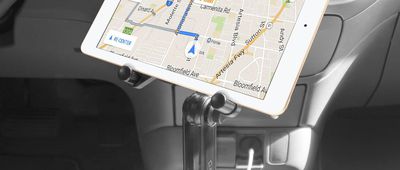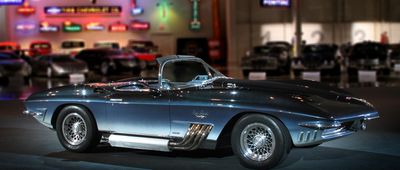The Road Rolls On
A lot has changed in the American auto industry since John and Horace Dodge decided to quit building parts for other automakers and go into the car-building business for themselves in 1913. The Dodge brothers quickly built their company into a contender among Detroit automakers, but they didn’t enjoy success long — both died in 1920. By the end of the decade, their heirs had sold out to Chrysler, which also owned the Plymouth and DeSoto brands. Today, Dodge and Chrysler both are owned by Stellantis, an international conglomerate that also includes Fiat and Peugeot, and Dodge is known mostly for its minivans and muscle cars. Take a look at some of most iconic cars, trucks, and other vehicles produced by Dodge over the decades.























